Sprinkled across the Andalusian countryside around Seville are a series of small towns known as the Pueblos Blancos, or White Towns.
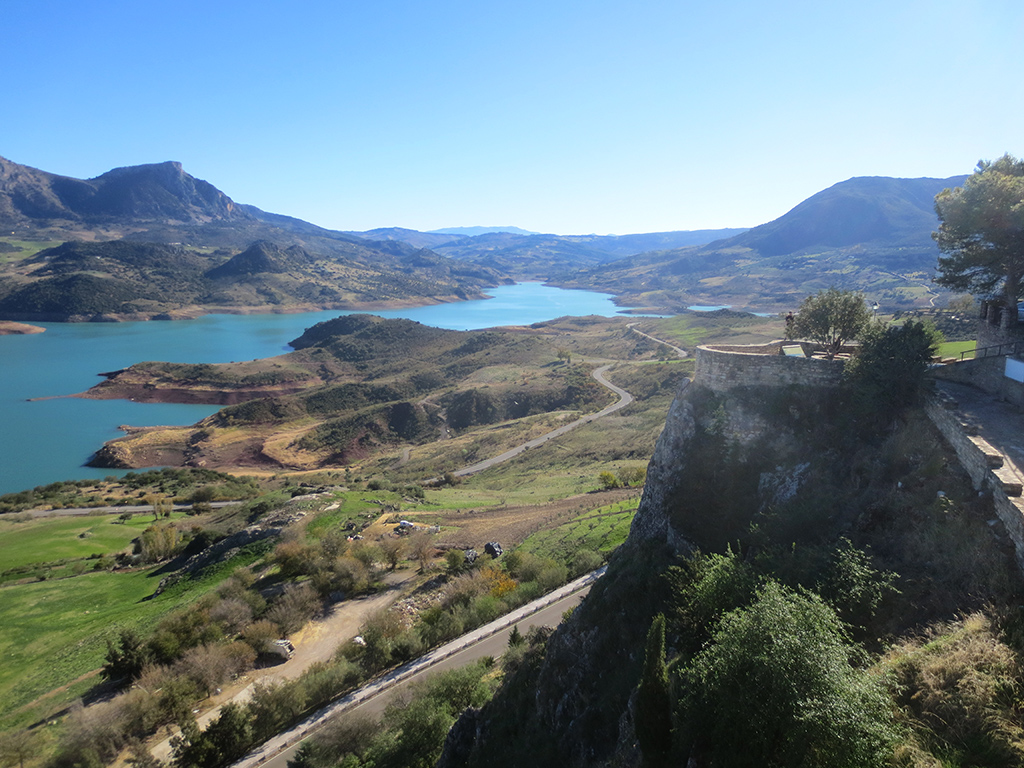
Since the towns aren’t very accessible without a car, we booked a day tour with Naturanda that took us with a small group through two of the smaller towns and on to the larger city of Ronda (which we posted about here).
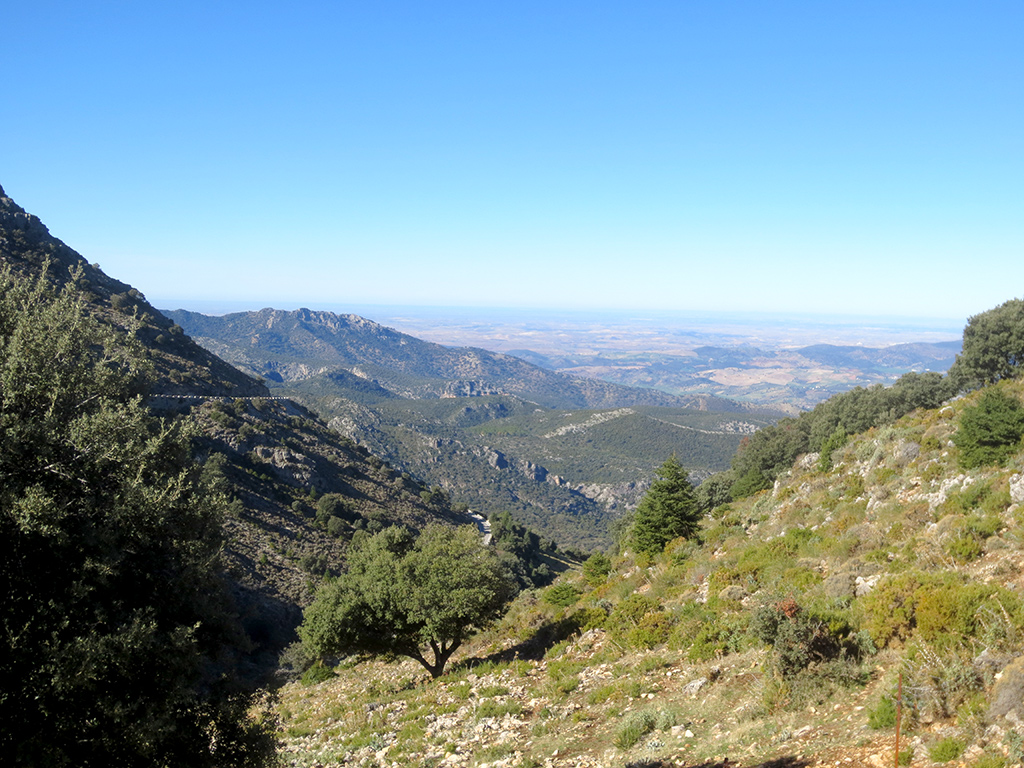
The roads up to the first town, Zahara de la Sierra in the province of Cádiz, were narrow, winding and steep. Thankfully they were also very well maintained, with sturdy cement blocks lining the sides — you can see part of a road in the distance towards the left of the photo above, looking like a white dotted line.
Just before reaching the town we first paused by a scenic reservoir in the valley beneath.
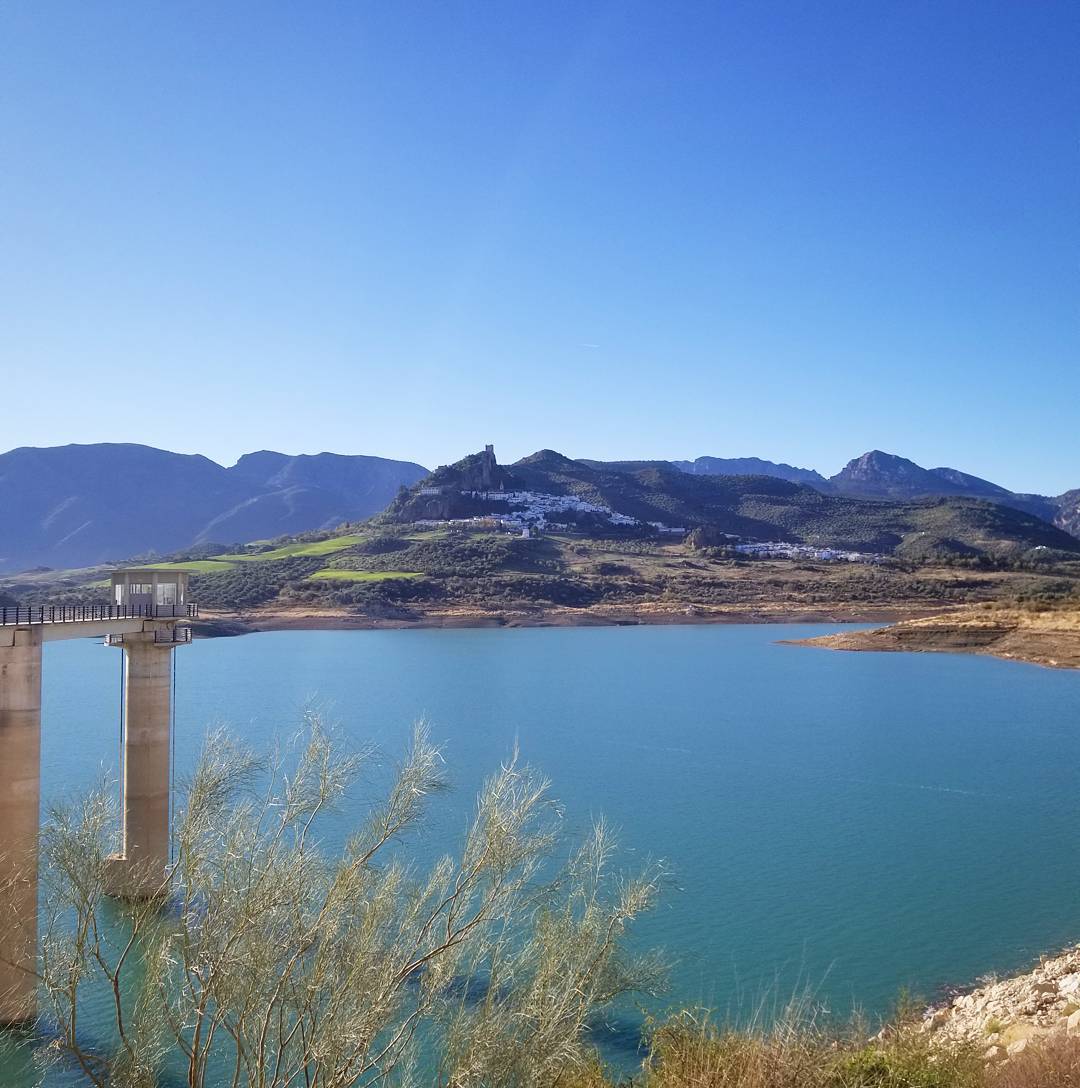
Across the water, the town of Zahara could be seen perched high on a hill, with most of the buildings clustered near the ruins of an old Moorish castle. The castle was the reason for the town’s existence, as its walls, which once surrounded the whole town, provided a safe place for travelers to sleep midway between Seville and Ronda.
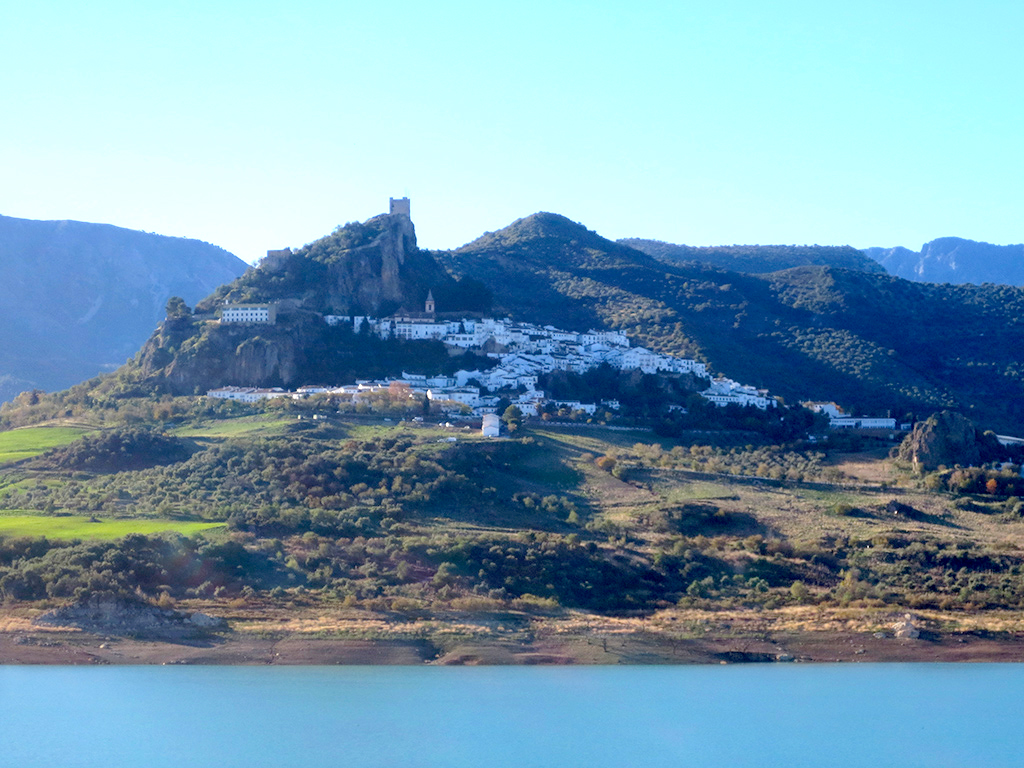
Once up in the town, we found it to be very picturesque, though cold and shady on an early December morning. Our group took brief refuge in a local bar/cafe for warming coffee before heading back out.
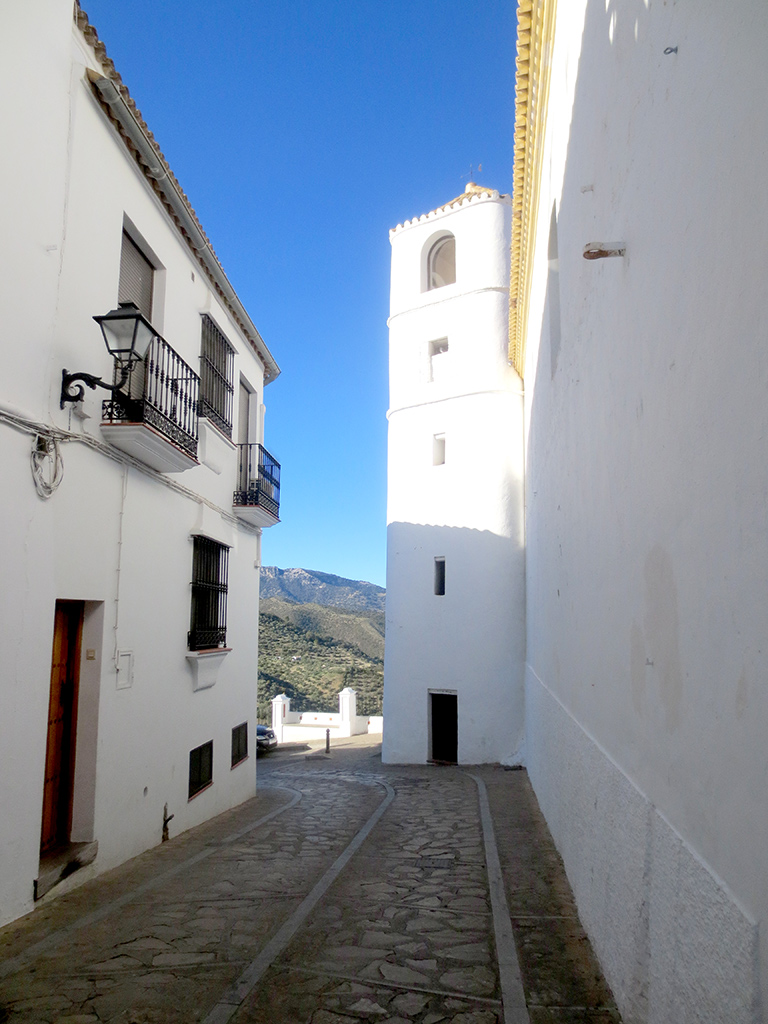
The heart of the town is bookended by two churches, a circa-1950’s building with attractive bells, and the more ancient Santa María de la Mesa which could be visited by tipping a grumpy elderly lady — conveniently having no spare change, we passed on this opportunity.
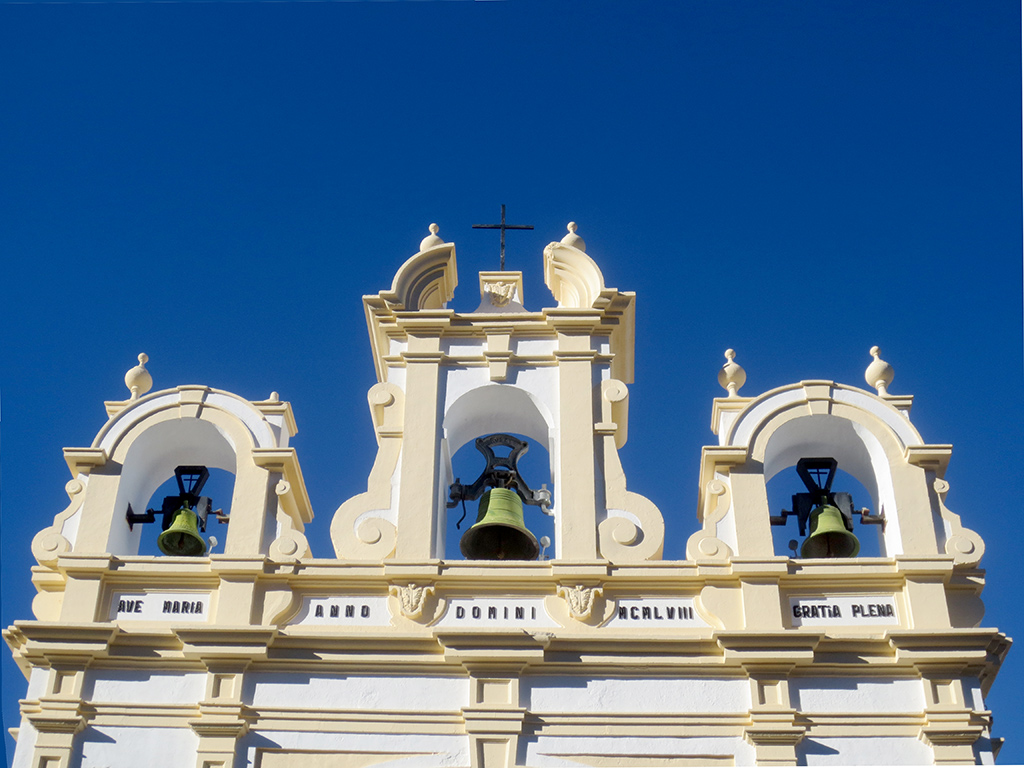
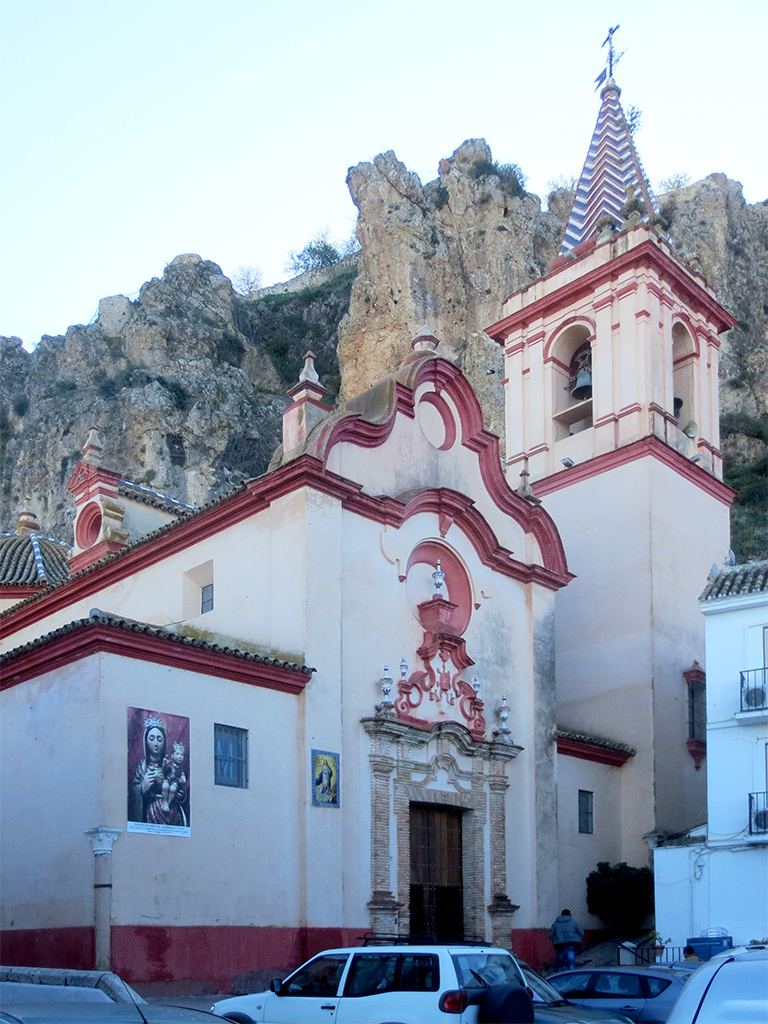
Just behind the first church there were impressive views back down over the town. All houses in these towns were historically painted white by the Moors to keep them cool during the blistering summers. Today this is enforced by law, and all property owners in the pueblos blancos must whitewash their buildings annually.
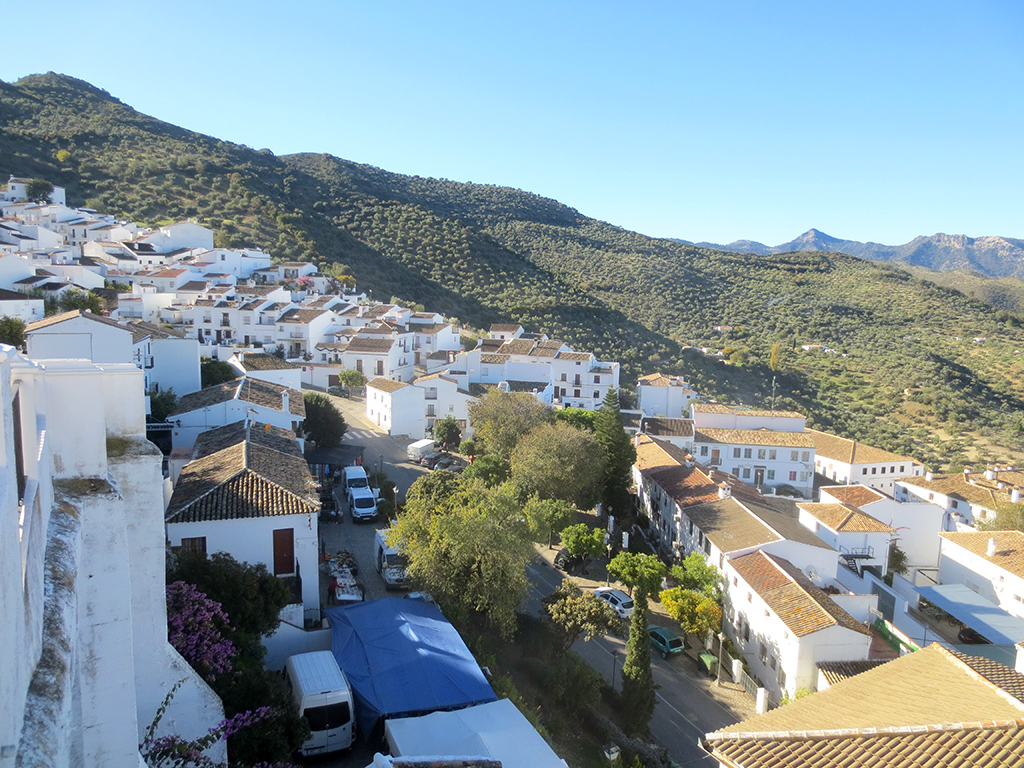
Our group headed up the hilly streets towards the castle ruins. On the way, there was a surprise stop to visit a man who kept various owls, birds and other small animals in a nook in the side of the rock. We were told the animals were raised in captivity and treated well, but we have no way to verify this. Still, we could not resist taking photos.
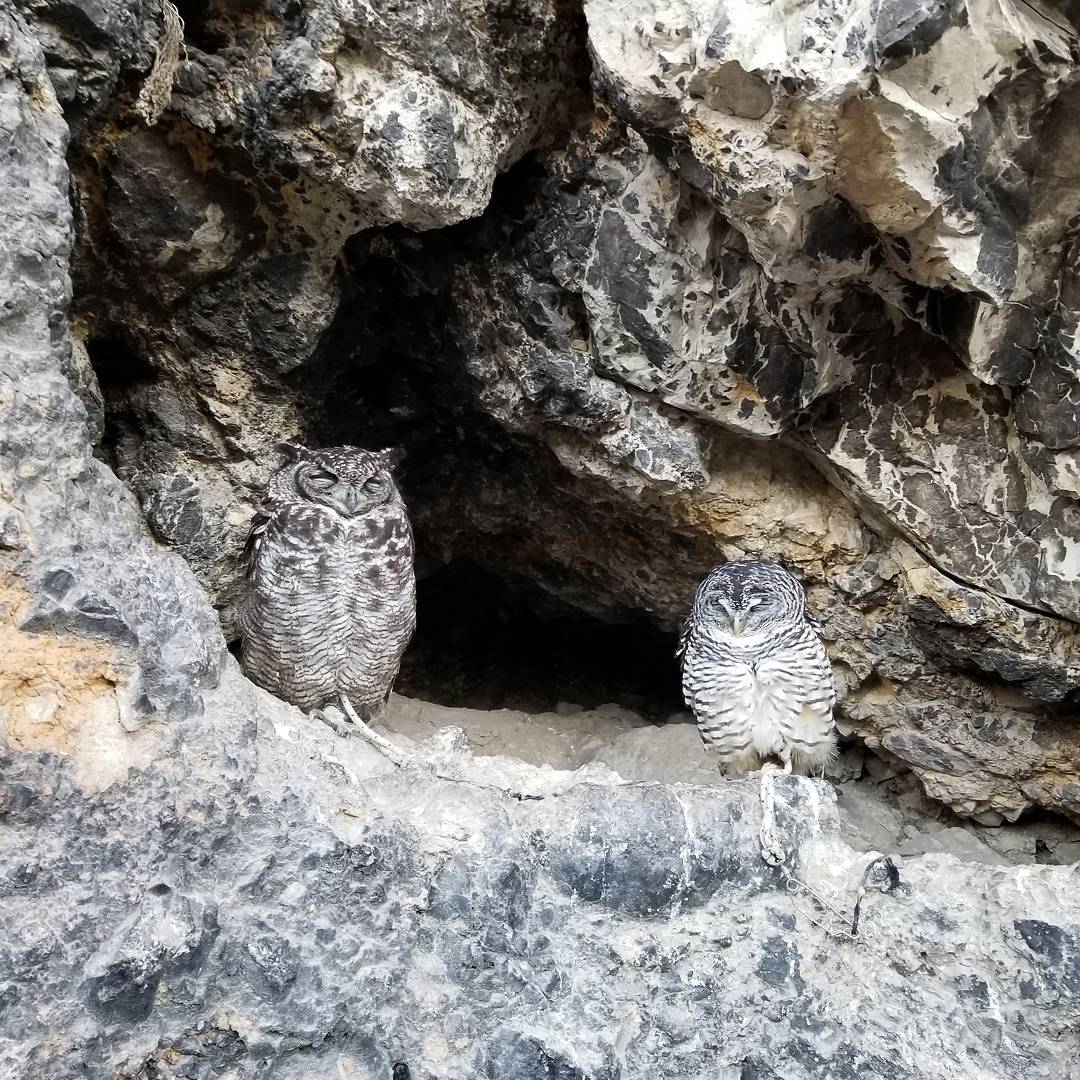
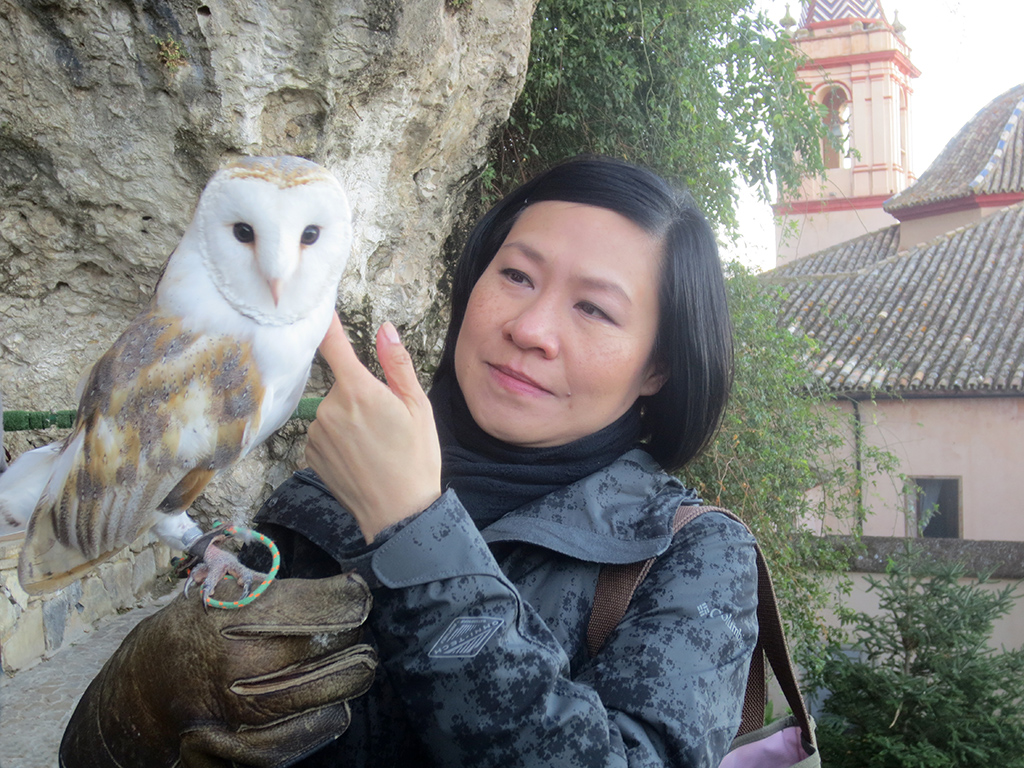
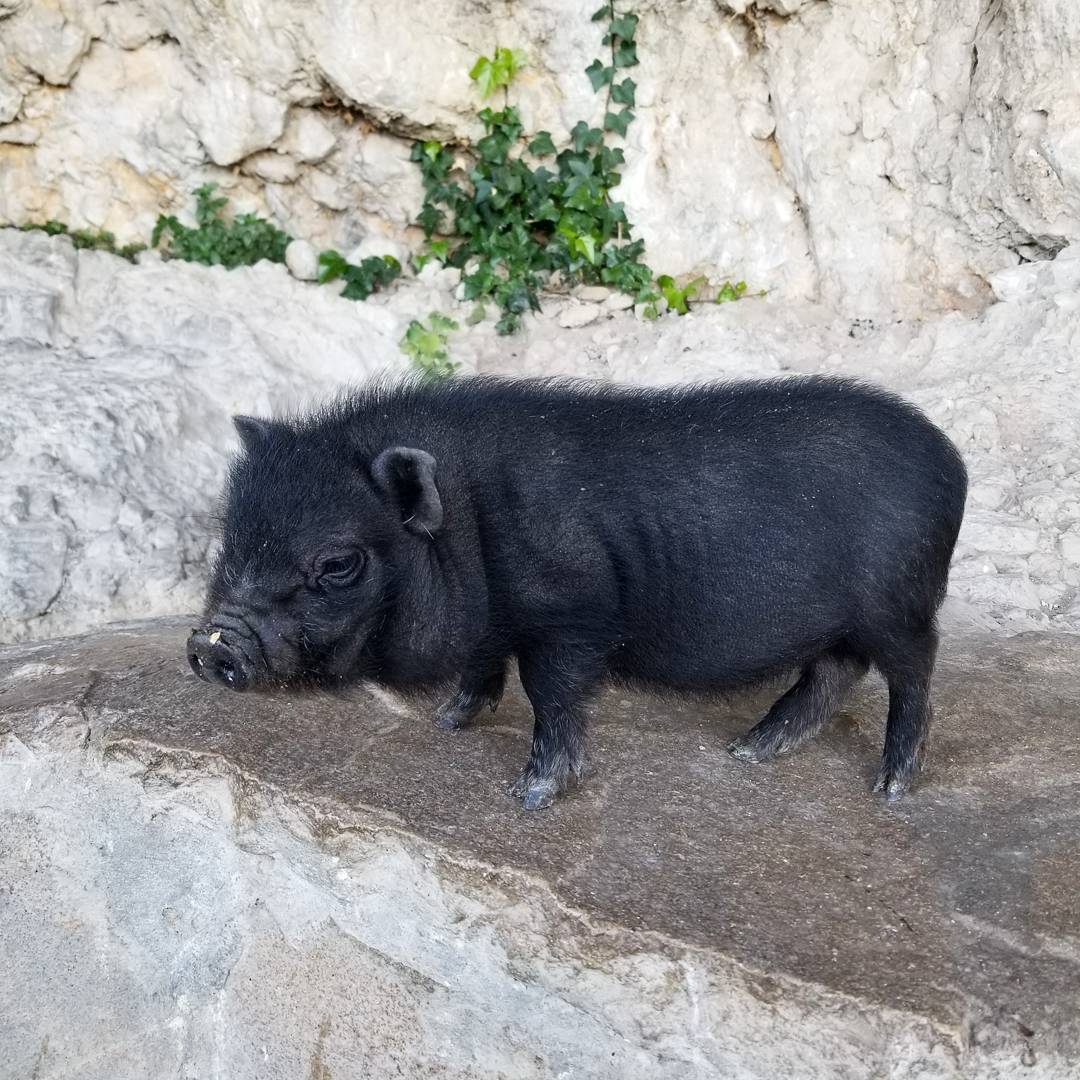
A little further up, we reached the base of the Moorish castle, which began as a series of watch towers constructed in the 8th Century. Control of the castle and the town changed hands numerous times over the centuries, switching to Christian in 1407, then back to Muslim in 1481 before finally being re-conquered by the Christians in 1483.
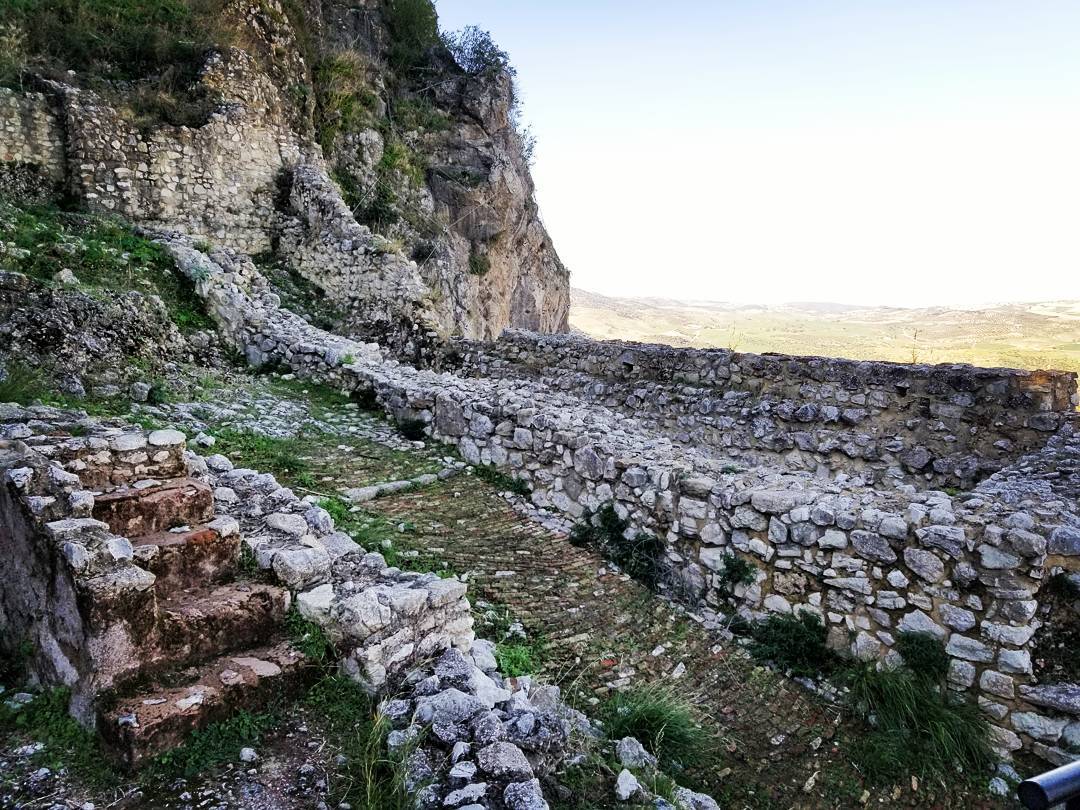
We had no time to climb all the way up, but there was a mirador at the midpoint with excellent views back on to the town and into the valley below.
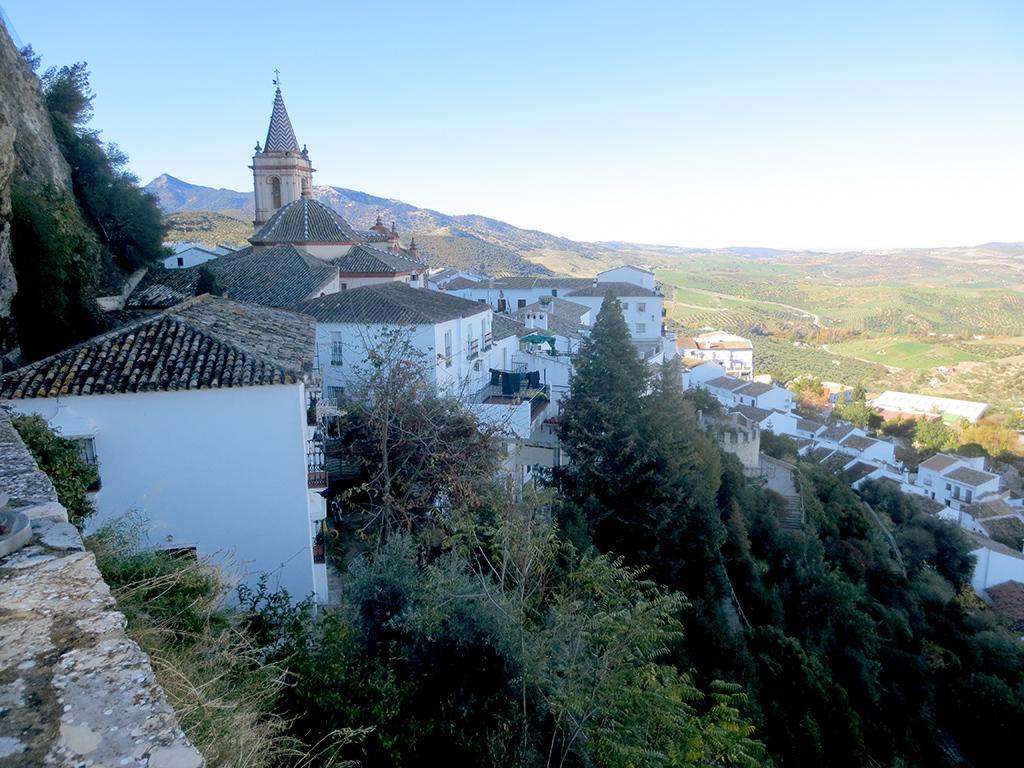

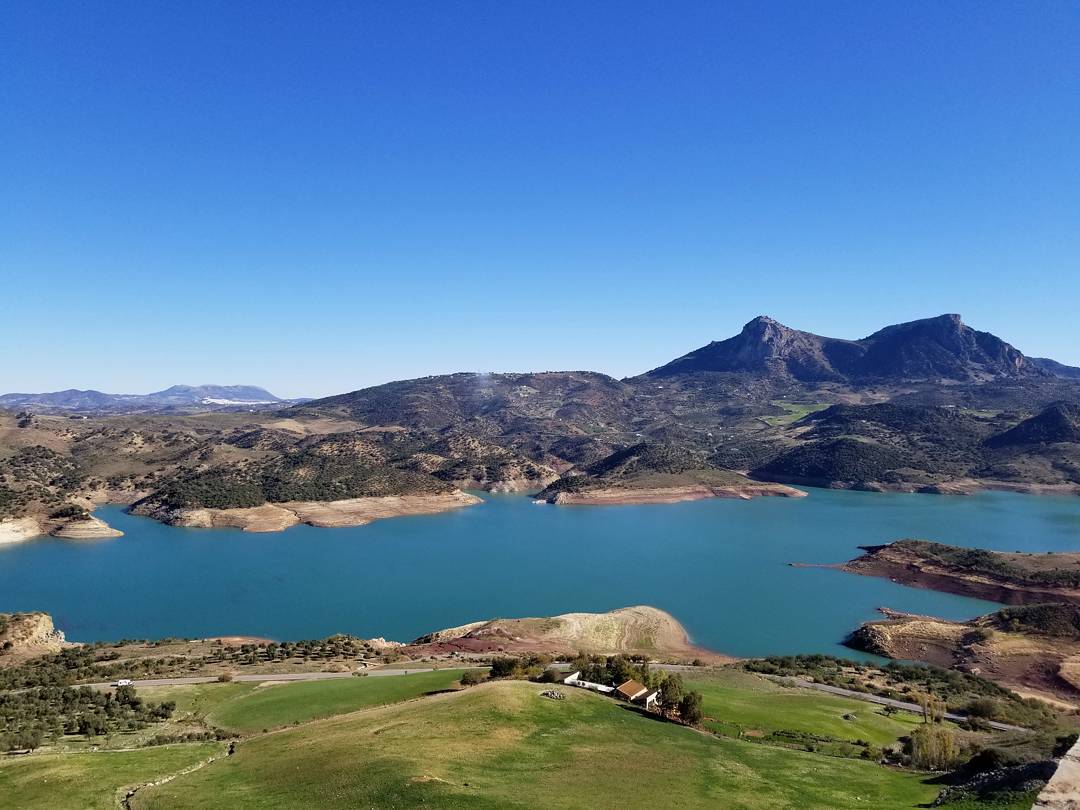
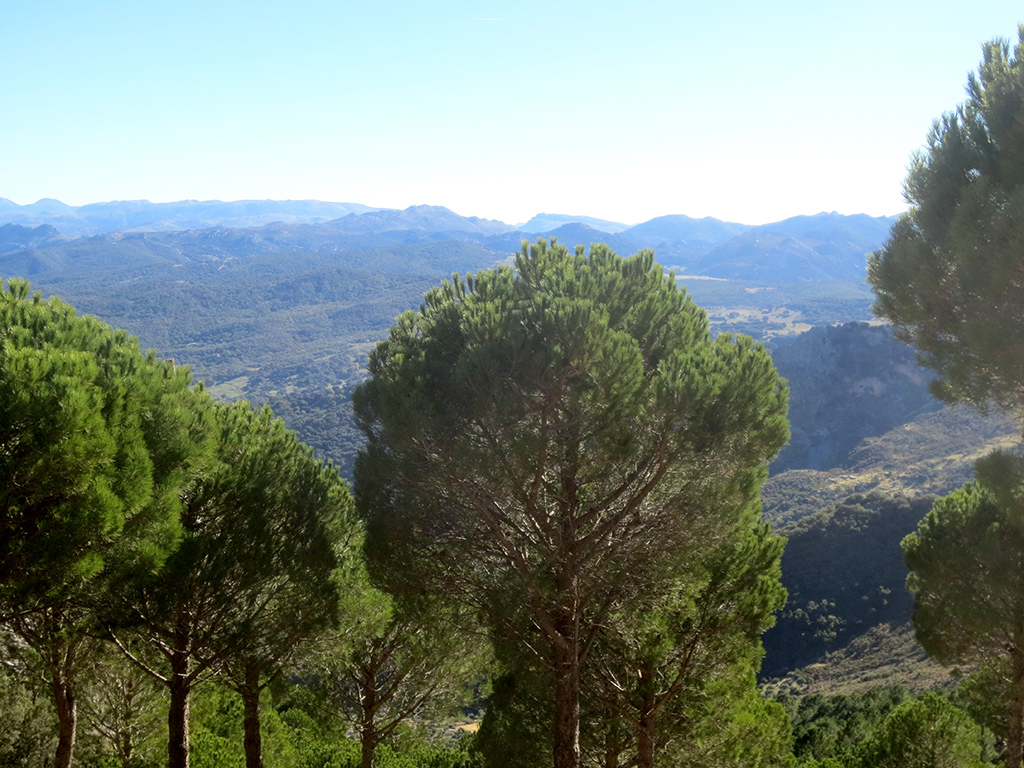
Upon leaving Zahara, it was a short drive to the next stop, a small olive oil mill called Molino El Vinculo. We weren’t expecting much from this part of the tour but the place was beautiful, still using traditional techniques with only a few modernizations since 1755. Because it predates the national park that surrounds it, it is one of the few businesses allowed in the area.
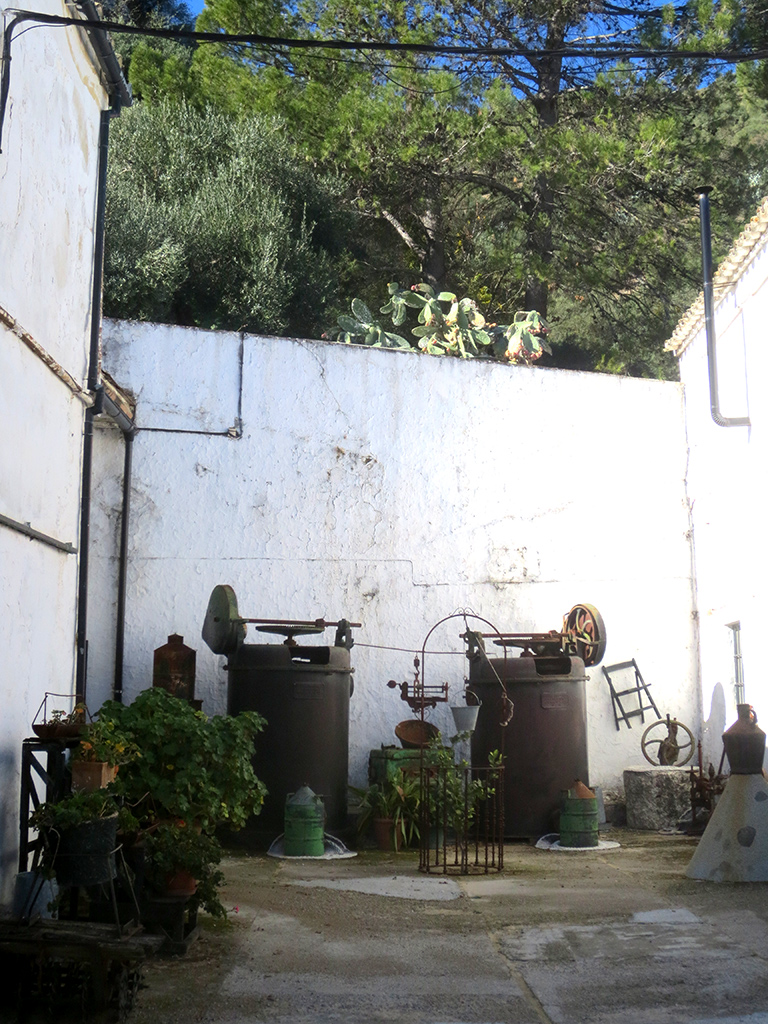
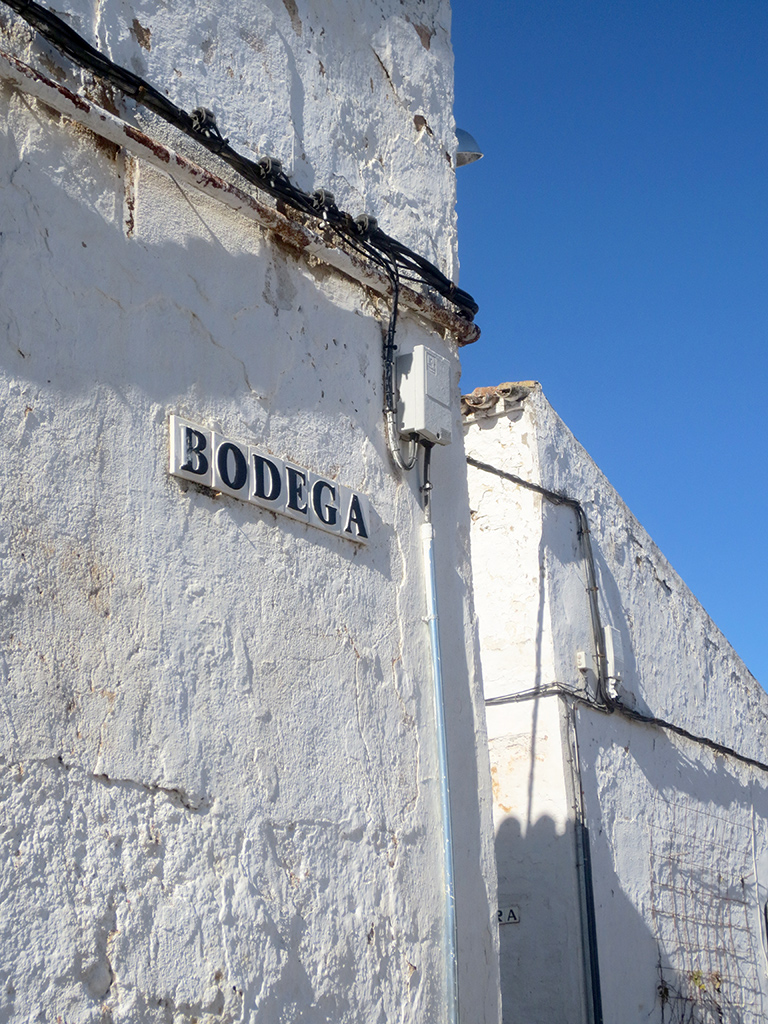
Our guide Miguel gave us a good run-down of the different parts of the mill, which had been in busy operation lately as olives are currently being harvested from the trees around the area.
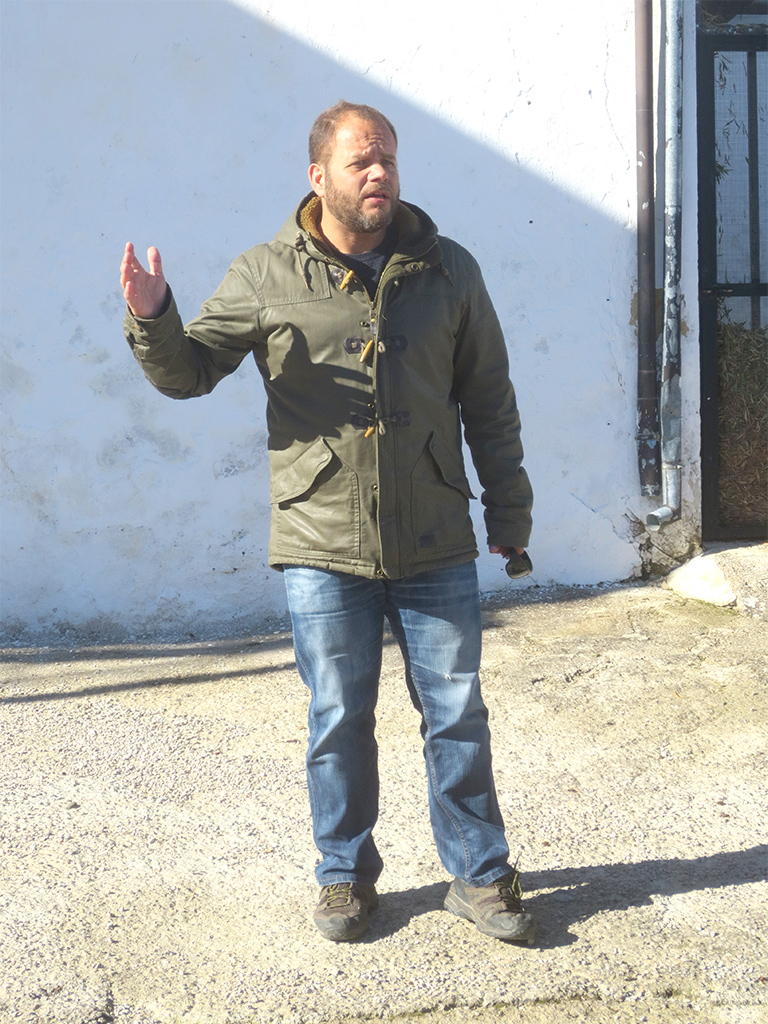
There are a lot of steps, but the important one I remember is you put the olives into these giant presses and squish them and oil comes out.
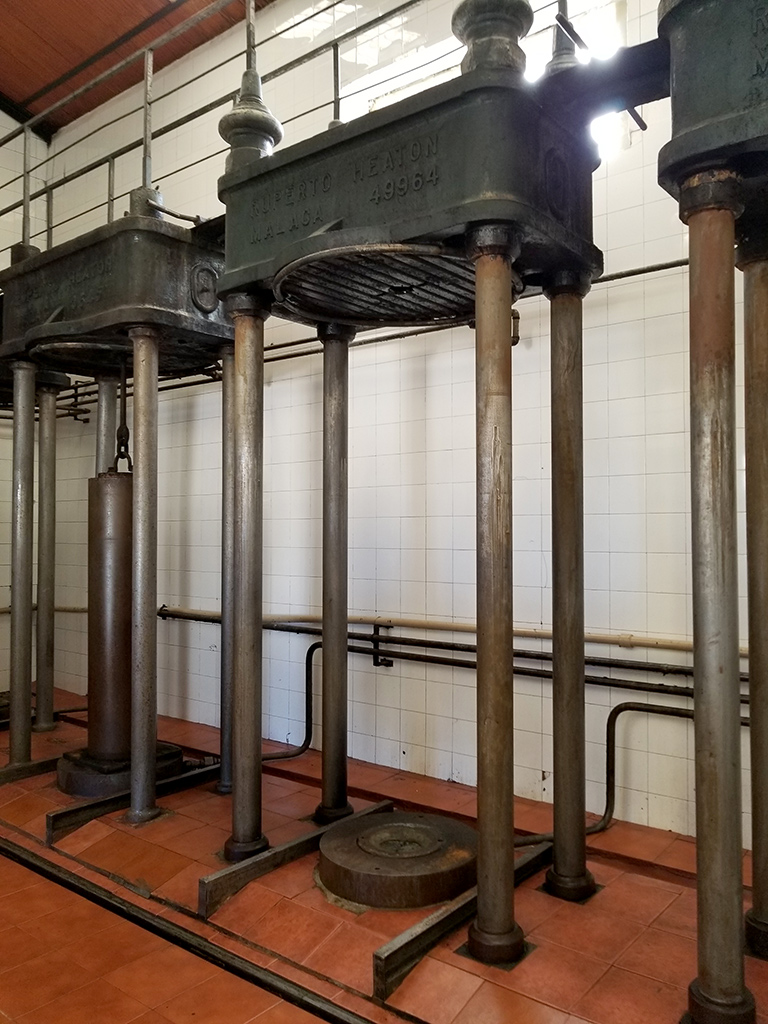
Inside the shop, there was a small tasting room filled with memorabilia, much related to the current owner’s grandfather, who was a famous bullfighter. He was also a friend of Ernest Hemingway, who spent a lot of time in the area. On the wall was the head of a bull killed by another bullfighter, as well as photos that included Hemingway.
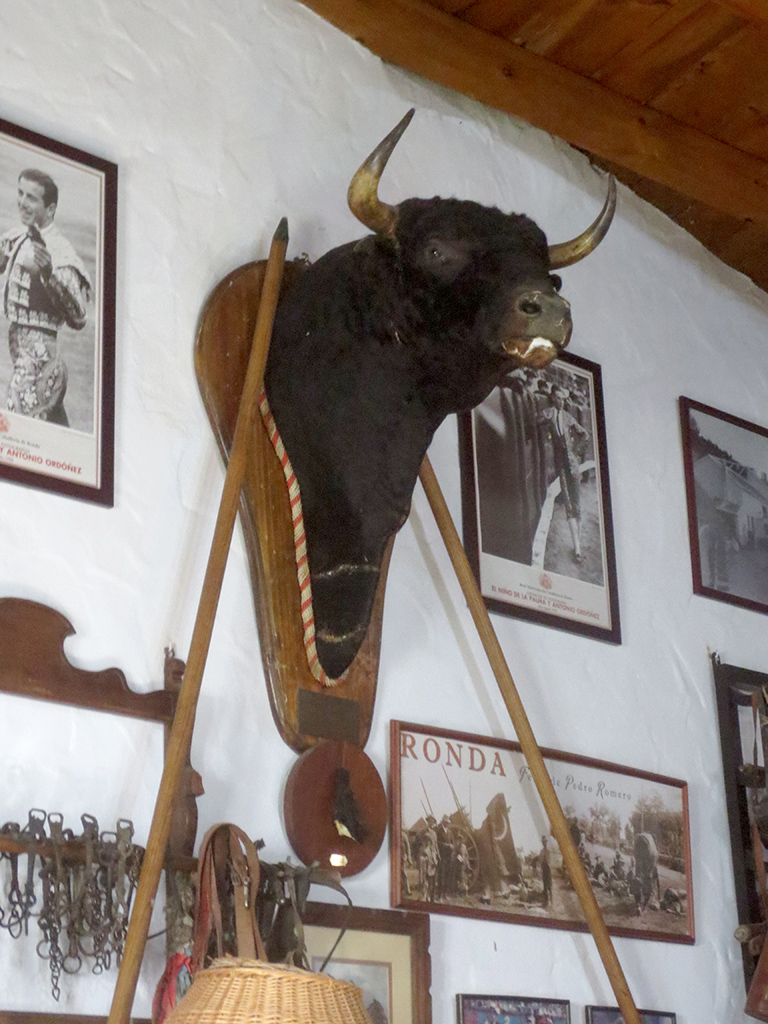
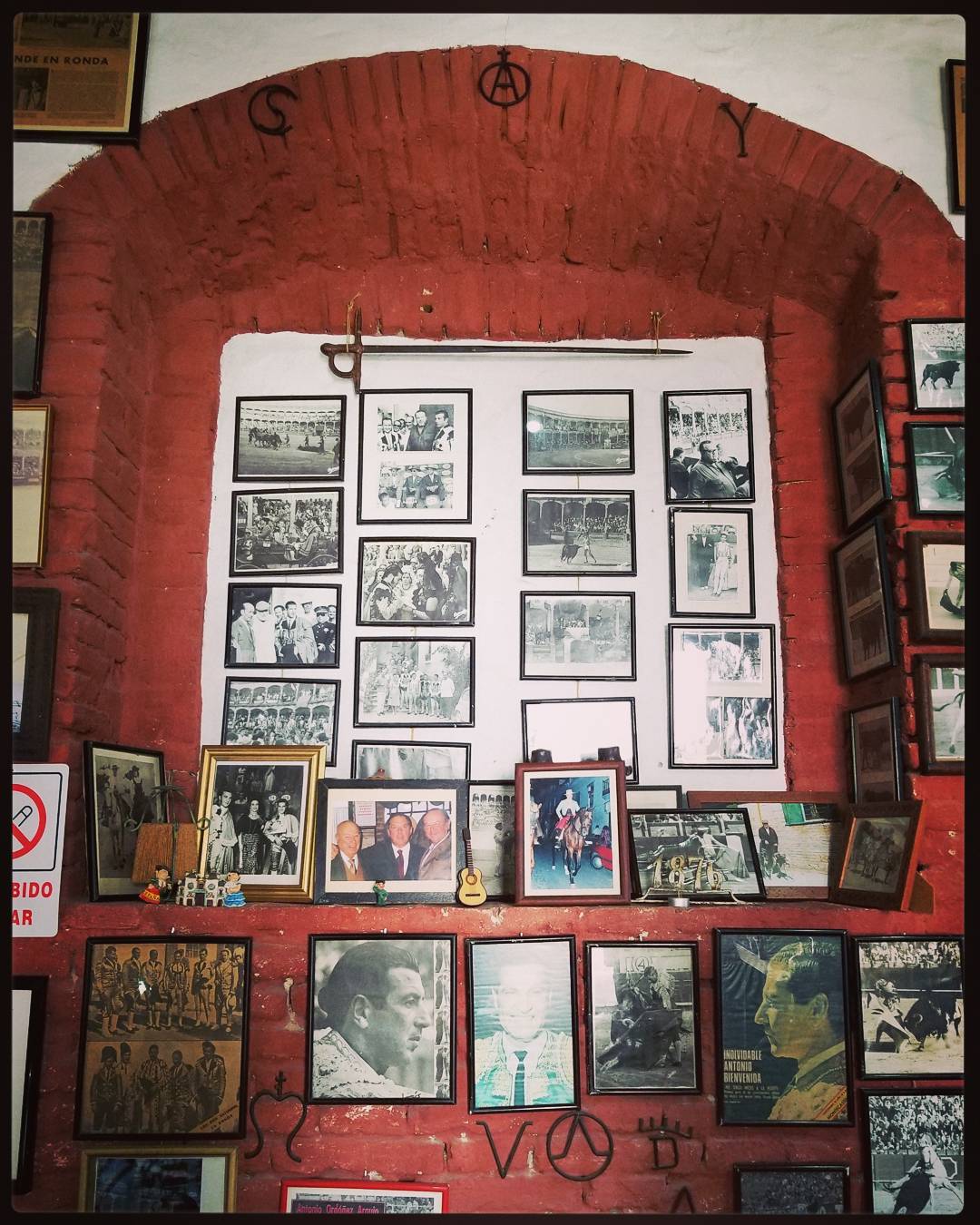
It was then onwards to the next pueblo blanco, the town of Grazalema in the province of Málaga. It’s located in the foothills of the Sierra del Pinar mountain range in Sierra de Grazalema Natural Park.
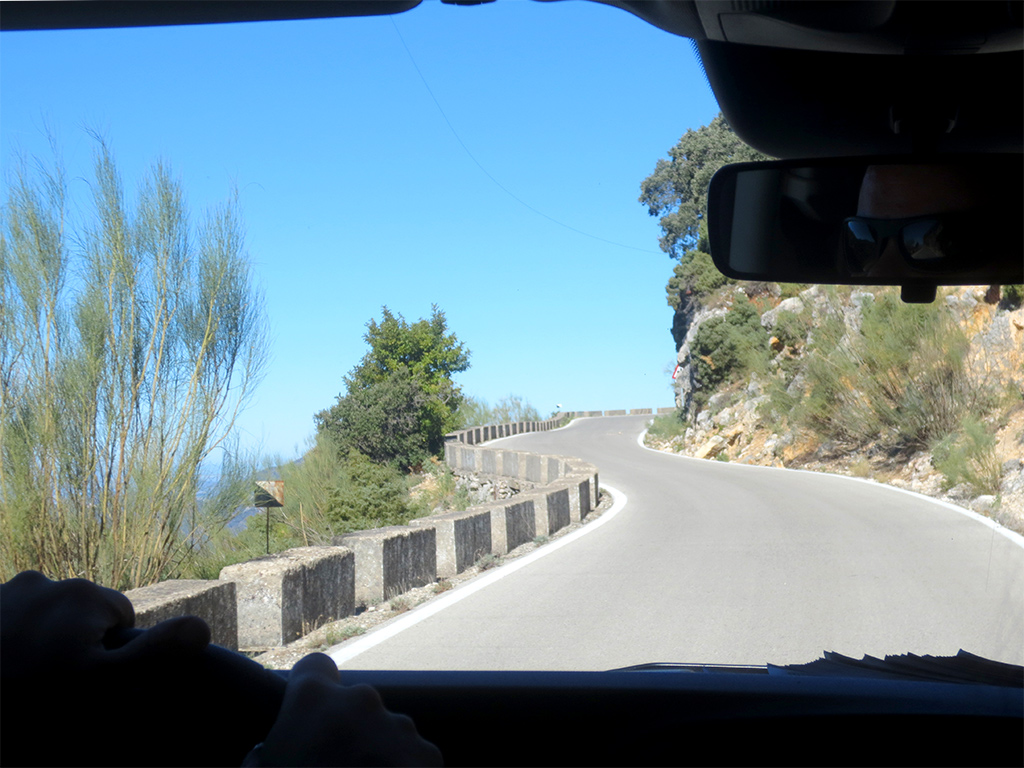
Along the way we passed groups of cyclists, which seems incredibly dangerous on the narrow roads, but the sport of cycling is common in Spain and our guide was careful to slow to a crawl as he passed them.
When we stopped at a viewpoint, these cyclists asked me to take a group photo of them on their phones. Reaching this far by bike was an accomplishment for sure.
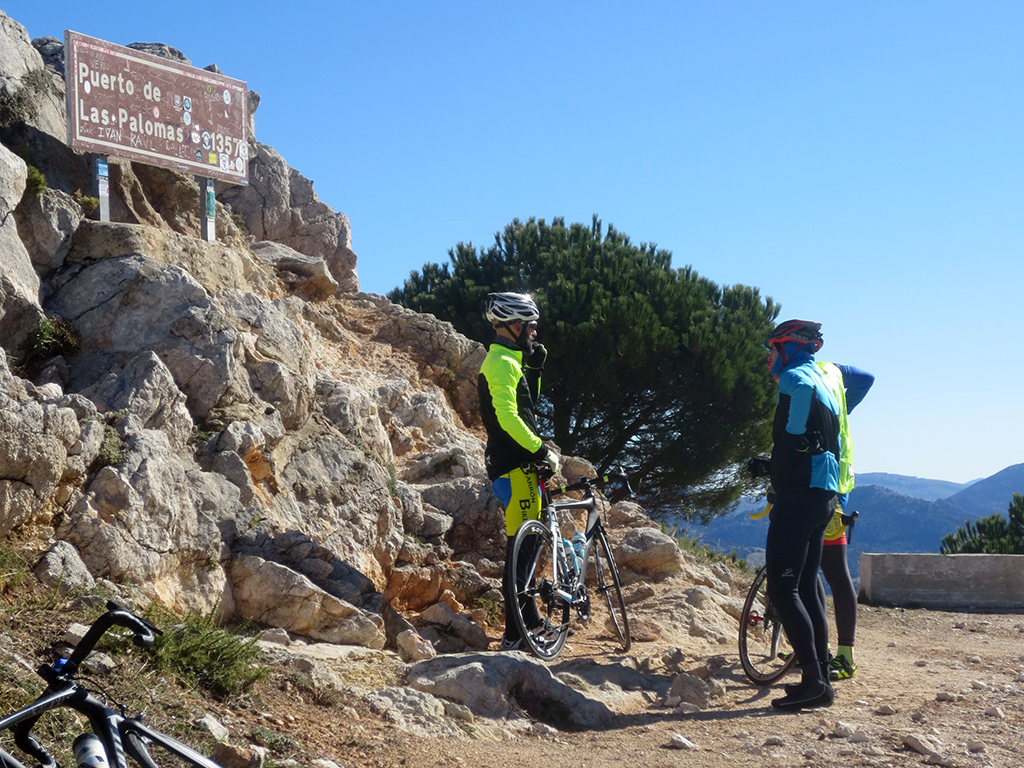
Before entering Grazalema, we stopped to look down from above on the town’s rooftops. The views were only somewhat sullied by the utility wires (do the residents really need electricity that badly?)
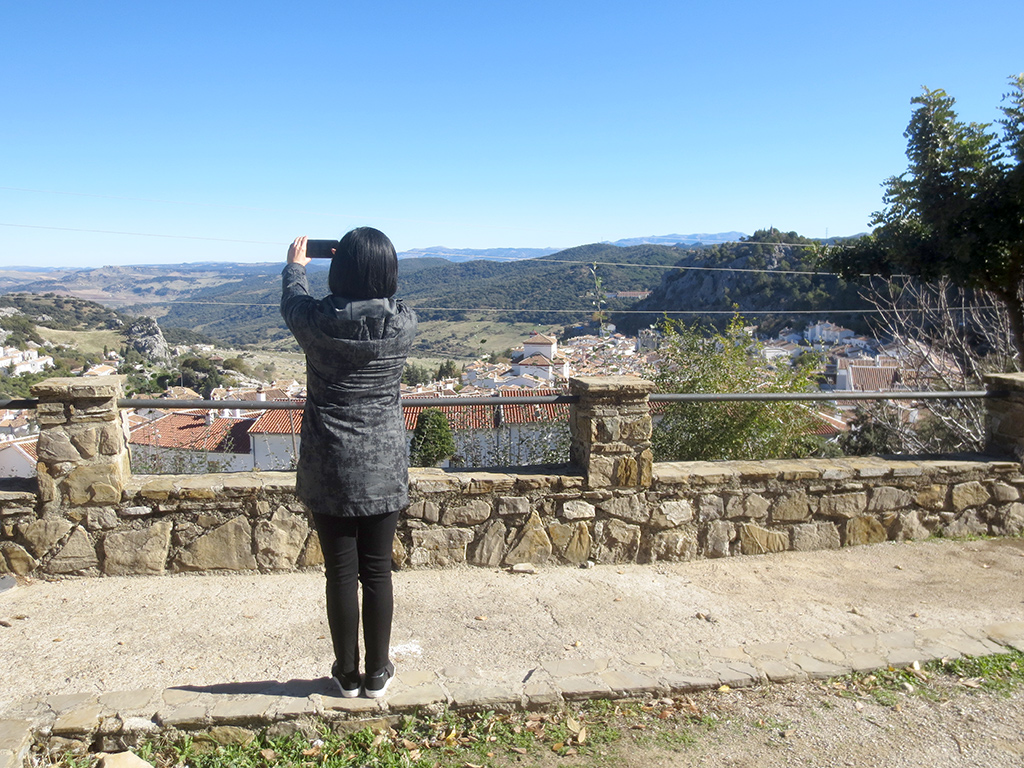
In the Grazalema proper, there was time to take in more views of the surrounding valleys.
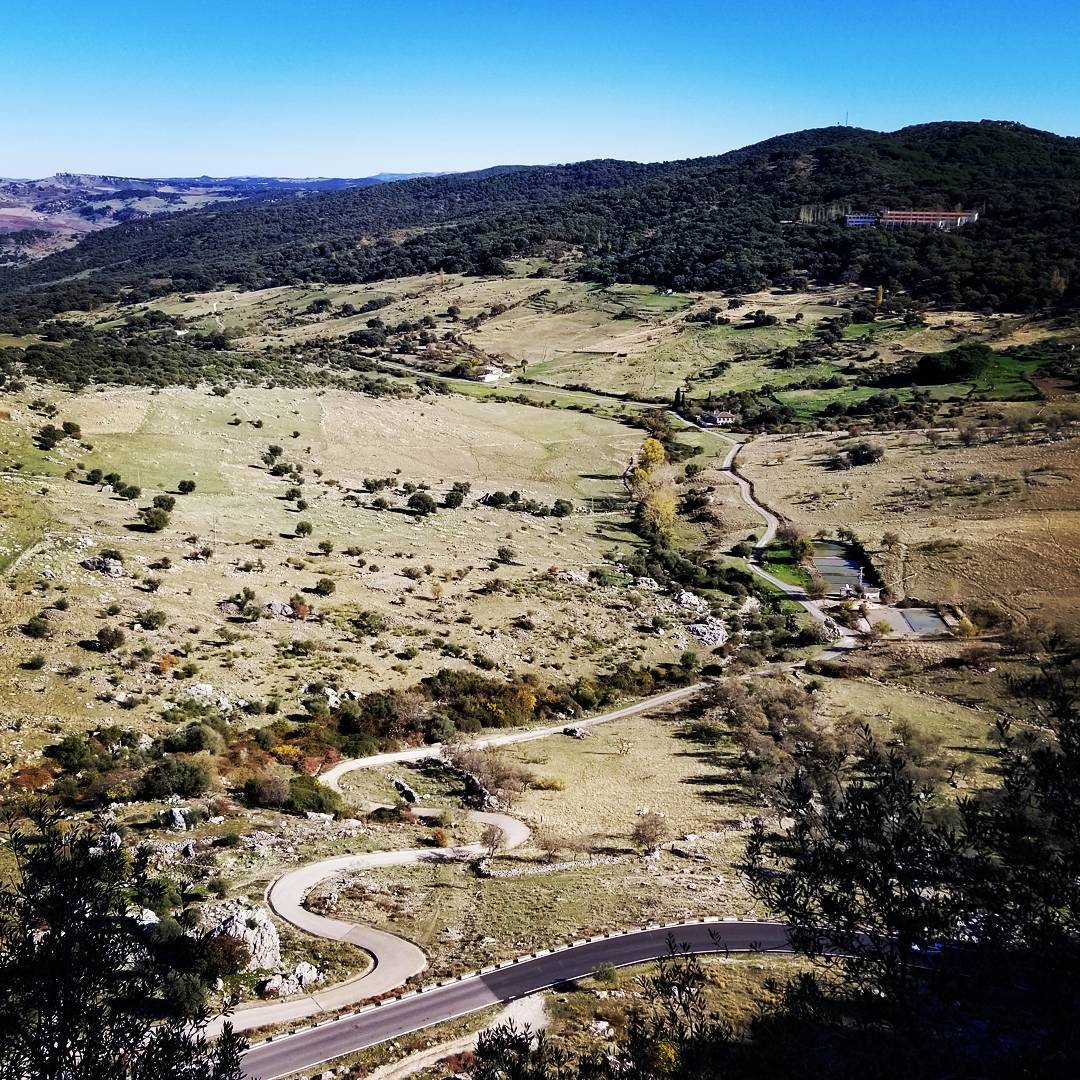
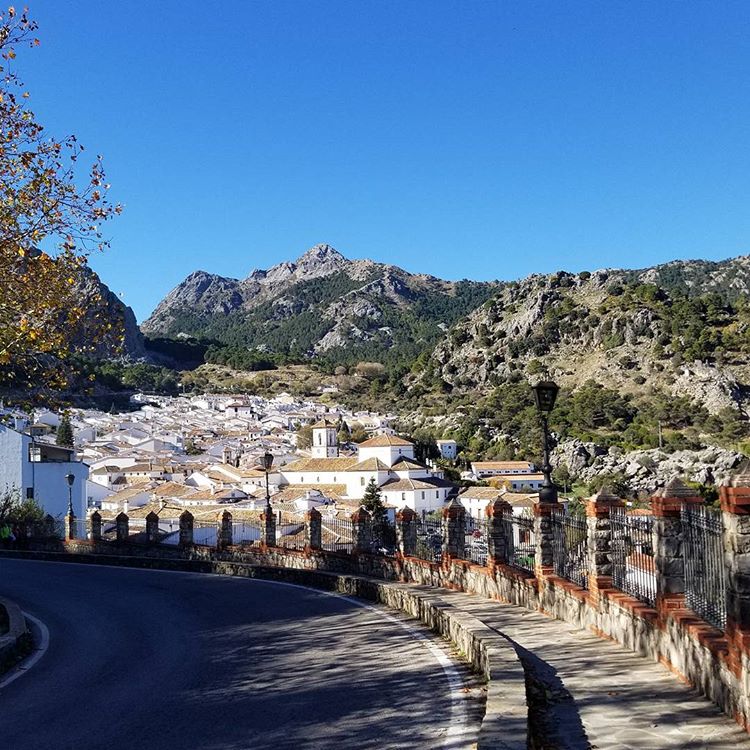
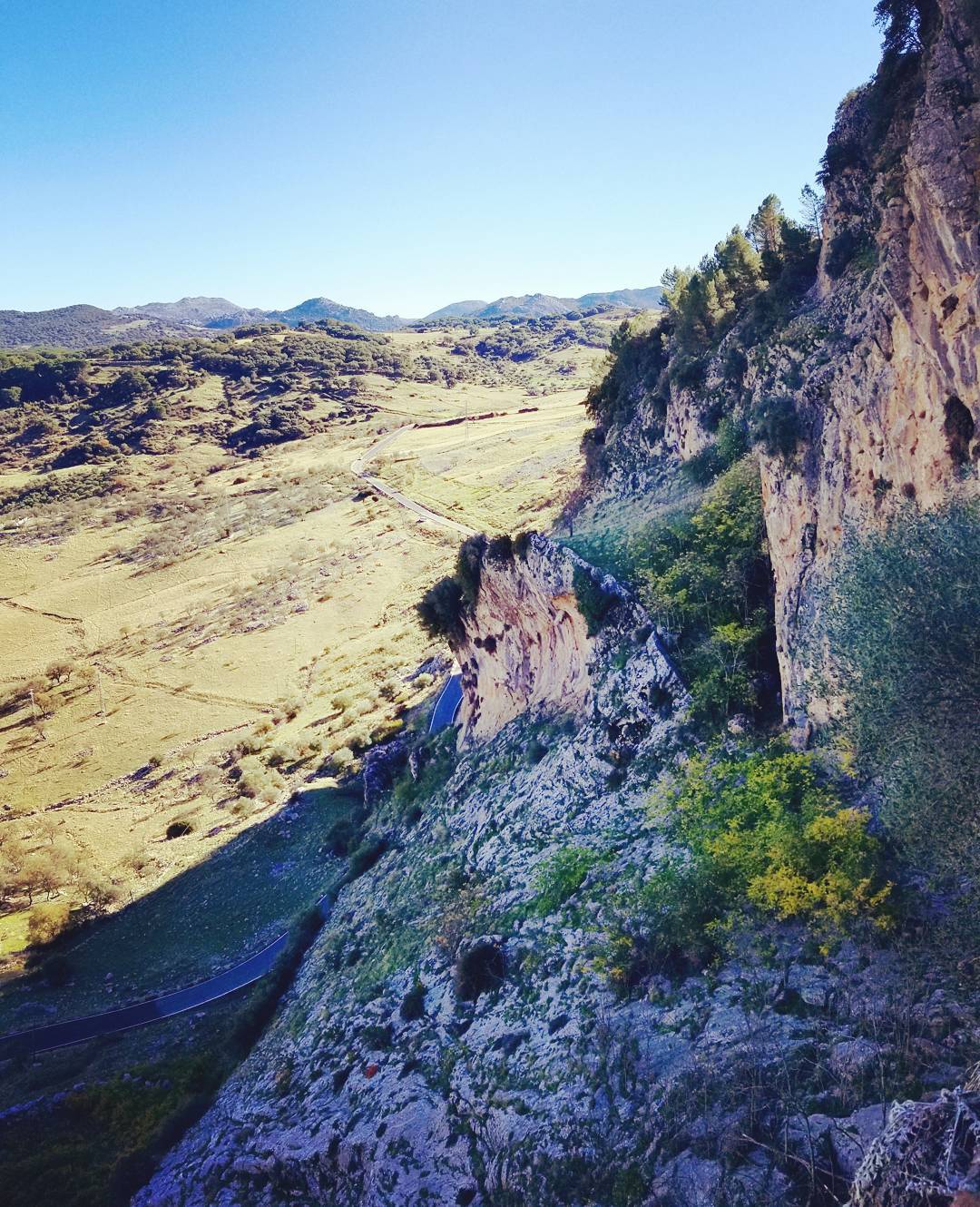
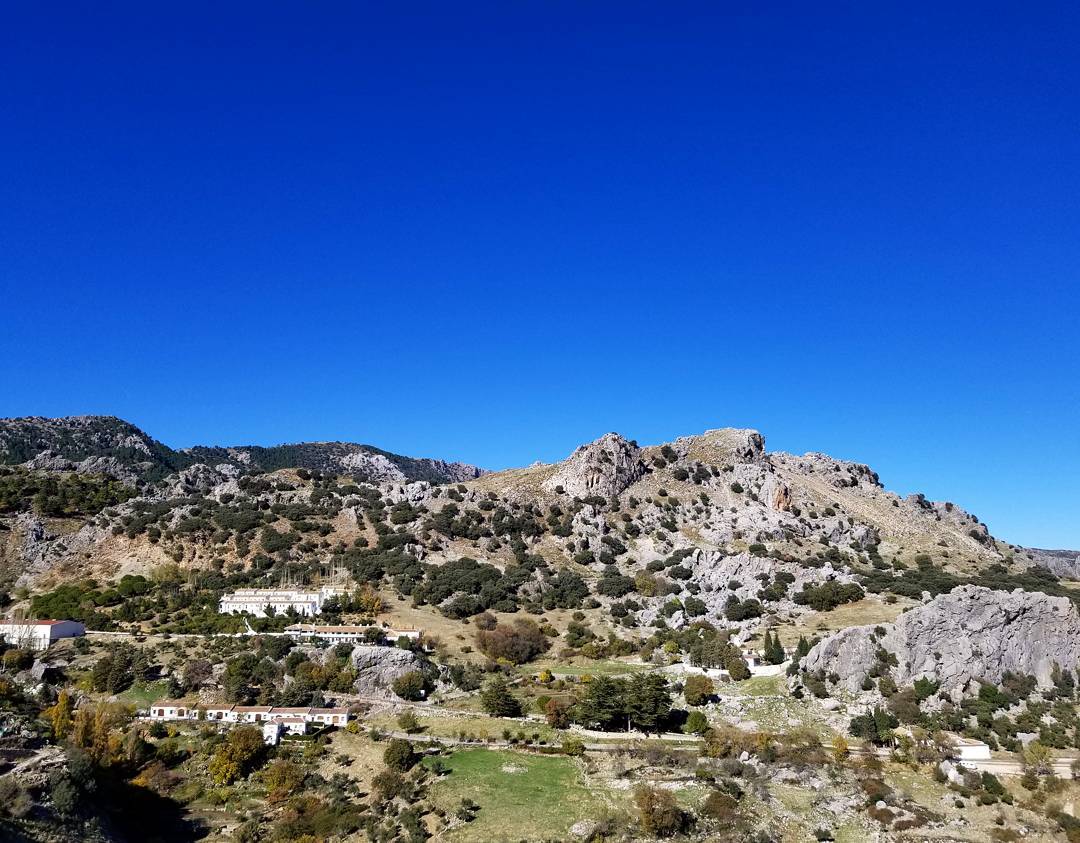
Finally, it was on to the most impressive stop, the town of Ronda.